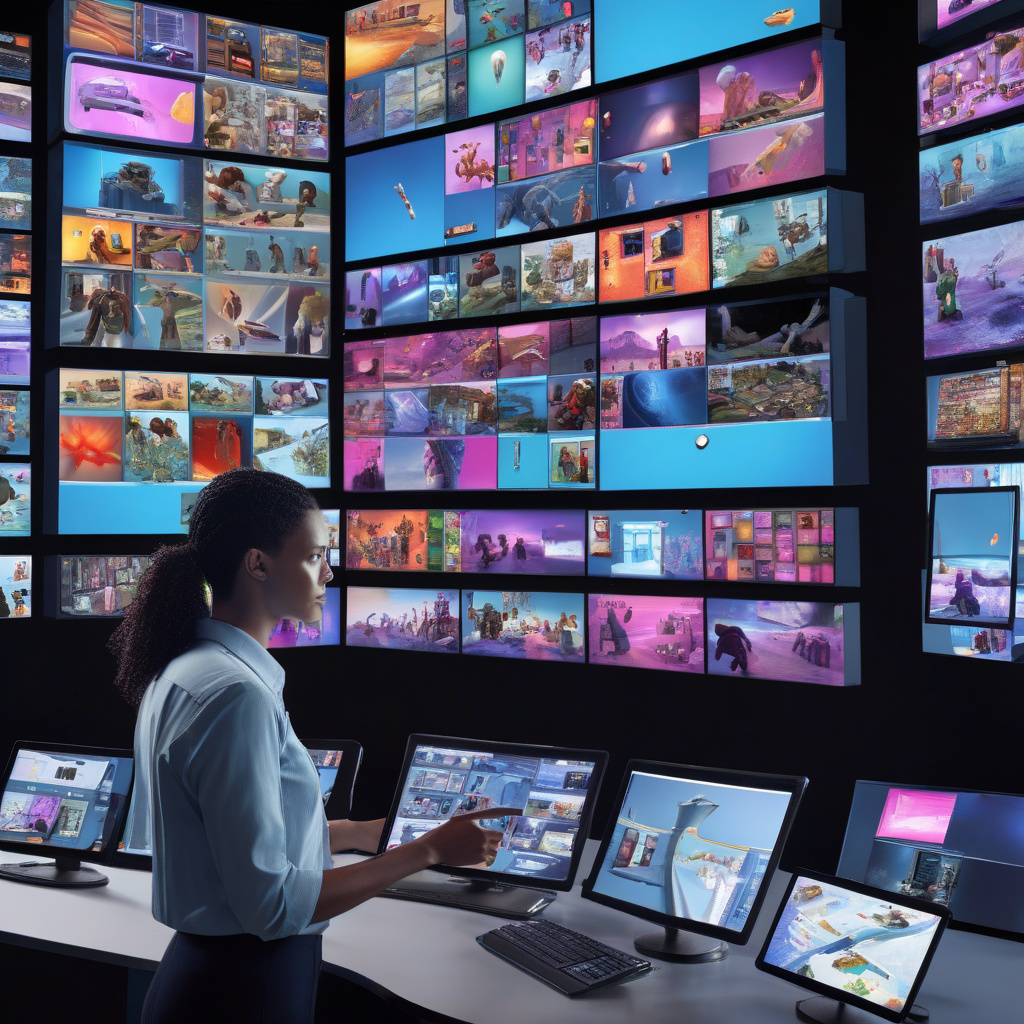Navigating the Landscape of Synthetic Media: Unveiling the Risks and Rewards
The realm of digital communication is undergoing a transformation, propelled by the advent of synthetic media. This cutting-edge technology, encompassing deepfakes, AI-generated content, and virtual influencers, has the potential to revolutionize the way we interact with digital content. However, as with any innovation, the rise of synthetic media brings along a set of risks that must be carefully considered and managed.
At its core, synthetic media leverages artificial intelligence to create hyper-realistic content that can be difficult to distinguish from reality. From creating lifelike videos and images to generating compelling written content, the applications of synthetic media are vast and diverse. In the realm of marketing and advertising, brands are increasingly turning to virtual influencers to engage with their audience in a more authentic and relatable manner. These virtual personalities, powered by AI, have amassed millions of followers and are reshaping the influencer marketing landscape.
Moreover, the entertainment industry is embracing synthetic media to resurrect deceased actors or create immersive virtual worlds. This technology has the potential to redefine storytelling and provide audiences with unparalleled cinematic experiences. However, as synthetic media blurs the line between fact and fiction, it raises significant concerns regarding misinformation, privacy infringement, and digital manipulation.
One of the primary risks associated with synthetic media is its potential to spread misinformation and distort reality. Deepfake technology, in particular, has been used to create forged videos of public figures saying or doing things they never actually did. This poses a significant threat to the credibility of information circulating online and can have far-reaching consequences on public discourse and trust in media.
Furthermore, the rise of synthetic media raises profound ethical and legal questions surrounding consent and privacy. With the ability to superimpose individuals’ faces onto different bodies or manipulate their voices, the risk of unauthorized use of personal data and the creation of non-consensual explicit content is a pressing concern. Safeguarding individuals’ right to privacy and ensuring accountability for the misuse of synthetic media are critical challenges that must be addressed.
As we navigate the evolving landscape of synthetic media, finding the right balance between its benefits and risks will be paramount. While this technology offers unprecedented creative possibilities and opportunities for innovation, it also demands a proactive approach to mitigate its negative impact. Educating the public about the existence and implications of synthetic media, implementing robust verification mechanisms, and enforcing ethical standards are essential steps in safeguarding the integrity of digital communication.
In conclusion, the rise of synthetic media represents a double-edged sword, with the power to shape the future of digital communication and societies. Balancing its transformative potential with the risks it poses requires a multi-faceted approach that involves collaboration between technology companies, policymakers, media organizations, and the public. By fostering a culture of responsible innovation and digital literacy, we can harness the benefits of synthetic media while mitigating its risks, paving the way for a more informed, transparent, and ethical digital landscape.
synthetic media, digital communication, deepfakes, virtual influencers, misinformation
